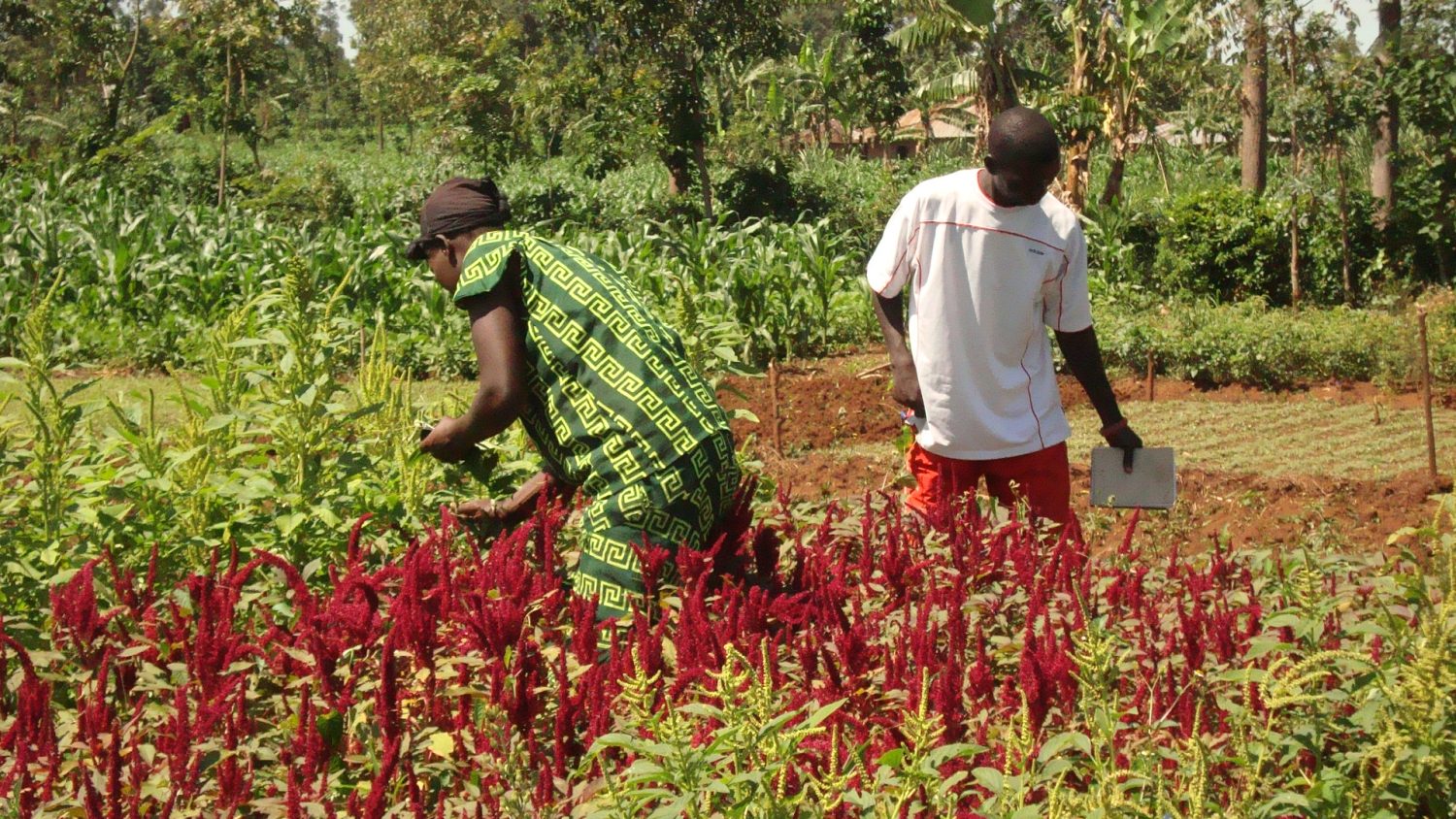There is growing demand for AIVs due to awareness of their health and nutritional benefits. However, constraints to AIV expansion including seasonality, low yields, poor marketing, climate change, unimproved varieties, diseases and pests, poor quality seed and high post-harvest losses, and finally weak extension system are hindering the sustainable expansion of AIV production.
Given the high potential of AIVs to improve food and nutritional security and incomes, the following objectives have been identified for improving the AIV sector:

- Improve AIV productivity and incomes through training of smallholder farmers on production technologies, innovations, and management practices (TIMPs) and farm business management.
- Enhance postharvest management, value addition and safety of AIVs through building capacity of smallholder farmers and other value chain players and dissemination and adoption of best practices.
- Strengthen market linkages of AIVs value chains by linking smallholder to markets and providing technical backstopping in standards certification and compliance.
- Improve nutrition and dietary diversification by promoting the consumption of AIV in the rural and urban households.
This closely aligns with Kenya’s national development priorities as articulated in various policy documents including Vision 2030, Agriculture Sector Growth and Transformation Strategy (ASGTS) (2019 – 2029), National Agriculture Sector Extension Policy (NASEP), and the National Food and Nutrition Security Policy.

